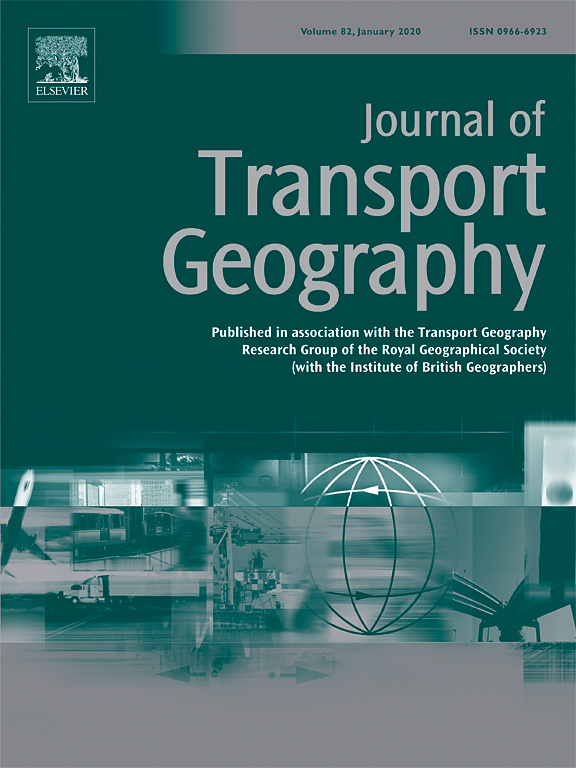
Abstract
Public transit users are among the most vulnerable to extreme heat due to the urban heat island effect and longer outdoor exposure. However, few studies have provided detailed measurement of transit riders’ heat exposure and discussed the resilience of transit systems in responses to heat exposure. Using 1 m-by-1 m microclimate simulations and transport network analysis, this paper introduces the Transit Heat Exposure Index (THEI) to gauge high-fidelity heat exposure for transit riders. A case study of THEI’s application in Miami, one of the hottest US cities, shows that downtown Miami has lower heat exposure due to better transit access, despite higher local feels-like temperature. Walking is the primary source of heat compared to waiting, and a few streets and stops contribute most exposure. The methodology developed in this study provides a valuable tool to enhance transit resilience to heat and develop effective mitigation strategies.